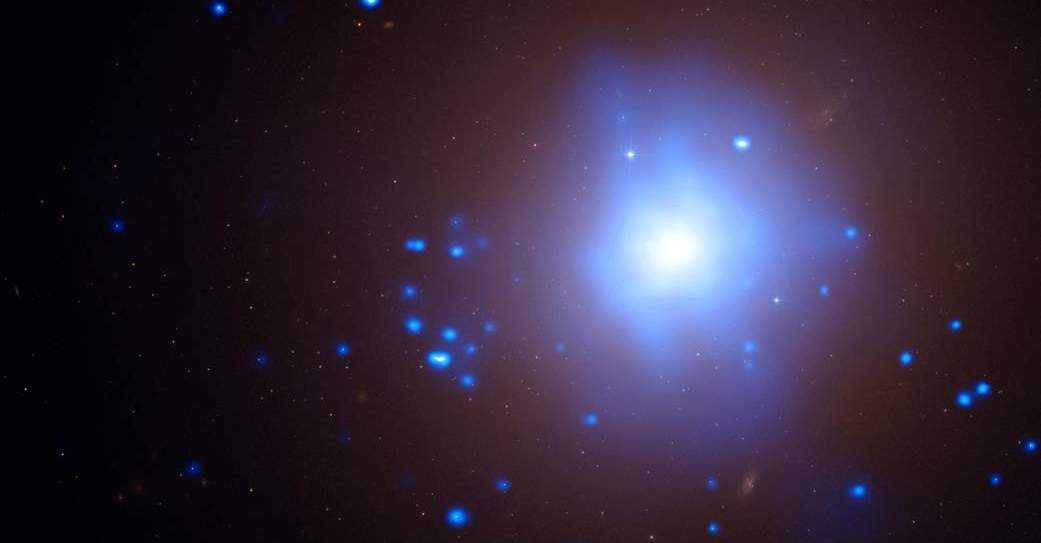The brightest flash of light in the cosmos could be a rare event involving a star and a supermassive black hole

For one thing, the intensity of the light was double that of the brightest supernova recorded up to that point. So astrophysicists were already asking what process could have caused it. And there were other anomalies, as well: Rather than gradually cooling, which is what happens in the average supernova, the temperature of the material emitting radiation went down – and then up again, remaining at the higher level for quite a while. And the site of the flash was a puzzle, as well: Supernovae tend to occur in young, “blue” galaxies, but this one took place in an old “red” galaxy, in which the stars were not really candidates for exploding.Postdoctoral fellow Giorgos Leloudas and Prof. Avishay Gal-Yam of the Particle Physics and Astrophysics Department of the Weizmann Institute of Science investigated. Together with colleagues at the Institute, Drs. Paul Vreeswijk, Ofer Yaron and Steve Schulze, Joel Johannson, and Ira Bar, as well as researchers around the world, they closely observed, measured and recorded the event. This led them to the discovery that the spectrum of the light had changed several times, and the hypothesis they formed based on this finding was that they had observed an extremely rare event: the destruction of a star by the gravitational tides of a black hole at the center of its galaxy.
The flash had, in fact, come from the middle of that distant galaxy, and further analysis suggested that the observations fit what is known about stars being caught in a black hole’s gravitational tide.
The reason such an event, producing such a bright flash, is so rare is that two conditions must be met for it to occur: The star must stray close enough to the black hole to cross its “event horizon” – the point at which it cannot escape the pull of the giant mass – but the light produced in its destruction must somehow escape the black hole’s all-consuming gravity. And for these conditions to occur, the galaxy’s central black hole, which is immense even by black-hole standards, must be rotating at a relativistic speed – close to the speed of light.
Observing the light over several months, the team came to the conclusion that the best explanation for the unusual flash of light was, indeed, the destruction of a star caught in the gravitational tides of an exceptionally massive black hole rotating extremely rapidly. The results of this research were published In Nature Astronomy.
Prof. Avishay Gal Yam’s research is supported by the Benoziyo Endowment Fund for the Advancement of Science; the Yeda-Sela Center for Basic Research; and the Deloro Institute for Advanced Research in Space and Optics. Prof. Gal-Yam is the recipient of the Helen and Martin Kimmel Award for Innovative Investigation.

Recent Comments